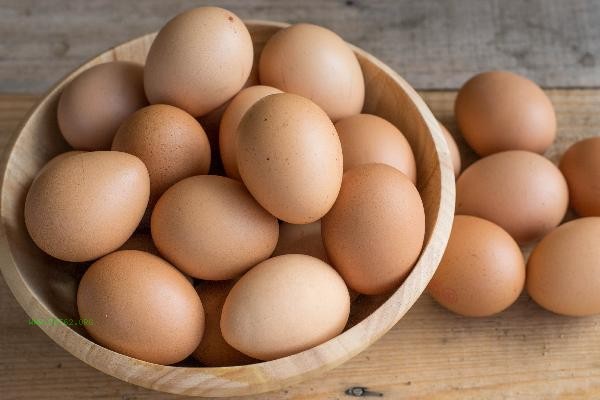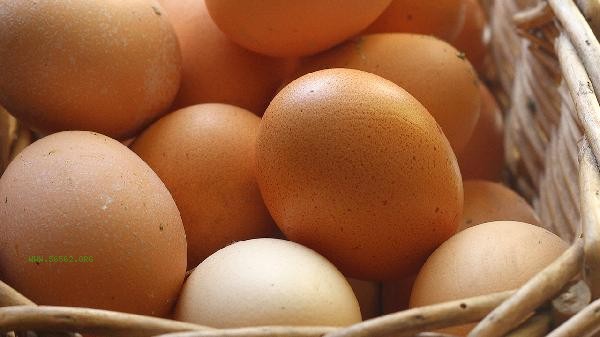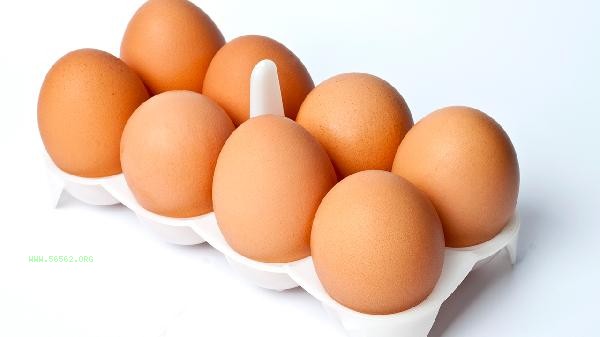The key to making chives and scrambled eggs tender and smooth lies in controlling the heat, processing the ingredients, and seasoning sequence. There are five key points: egg whipping techniques, leek preparation, oil temperature control, stir frying techniques, and seasoning timing.

1. Egg Beating Techniques
The egg mixture should be thoroughly beaten until fine bubbles appear, and adding a small amount of water or milk can enhance its tenderness. Sifting egg mixture can remove the frenulum tissue and make the texture more uniform. When beating eggs, stir clockwise for about 1 minute to allow the air to fully blend in. When stir frying, it will expand and become more fluffy when heated.
2. Pre treatment of chives
After washing chives, the water should be thoroughly drained, and the roots and leaves should be kept separate when cutting. Older roots can be marinated with a small amount of salt for 3 minutes to squeeze out the juice and reduce water loss during frying. Mix a few drops of cooking oil into the leaves before putting them into the pot, which can form a protective film to lock in moisture.
3. Oil temperature control
It is better to use mixed oil. Pour vegetable oil and lard in a 3:1 ratio in a cold pot, and when it is 50% hot, pour in egg mixture. Excessive oil temperature can cause proteins to quickly solidify and harden. Ideally, the egg mixture should slowly spread out after entering the pot, and immediately scatter when the edges slightly bubble.

4. Stir fry technique
Set the egg mixture to about 70% cooked and remove for later use, avoiding excessive heating. Stir fry the chives quickly over high heat for 10 seconds. When the leaves turn dark green, pour back the eggs and use a medium heat spoon to mix. Gently push the shovel surface at a 45 degree angle to the bottom of the pot to reduce the squeezing and crushing of ingredients.
5. Seasoning timing
The whole process only requires pouring a little cooking wine along the edge of the leeks when they are put into the pot to remove the fishy smell, and then turning off the heat and sprinkling salt after mixing the ingredients. The residual temperature is sufficient to melt the salt grains without causing dehydration of the chives. If you need to enhance the freshness, sprinkle a small amount of white pepper powder after serving to avoid direct contact with high temperatures that can damage the flavor.

It is recommended to pair natural eggs with narrow leaved chives. The former has a high proportion of egg yolk to form a denser texture, while the latter has finer fibers and is less prone to aging. Maintain a consistent motion throughout the frying process, and complete the entire process from egg laying to plating within 3 minutes. When paired with freshly stewed rice, a portion of egg mixture can be reserved and poured onto the surface to create a semi solidified state using the heat of the rice, adding a sense of layering. Note that chives should not be repeatedly heated and should be consumed after meals to ensure the best flavor.








Comments (0)
Leave a Comment
No comments yet
Be the first to share your thoughts!